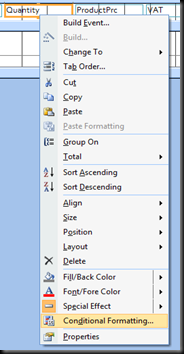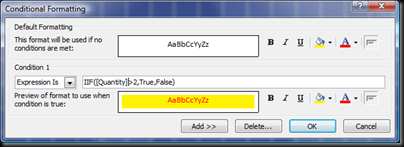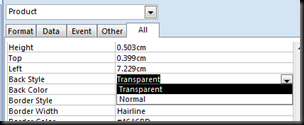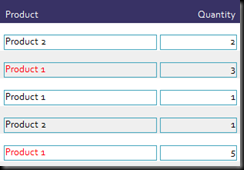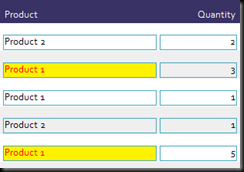In this post I thought I'd show two very useful functions which use Windows API calls, the username and PC name functions. Windows API calls allow you to get information or features from the operating system which Excel and Access do not have.
The first step in using an API call is to tell VBA the function exists, where to find it, what arguments it takes and what data type it returns. This is done using the Declare statement, such as the example below.
Private Declare Function GetUserNameA _
Lib "advapi32.dll" _
(ByVal lpBuffer As String, nSize As Long) As Long
This statement tells the VBA interpreter that there is a function called GetUserNameA located in the file advapi32.dll that takes two arguments, the first a string and the second a Long value and returns a Long value. Once defined, we can call GetUserNameA in exactly the same way as if it is the VBA function:
lng = GetUserNameA(strUserName, intLength)
The Function below uses the GetUserNameA API function and turns the results into a string which shows the current users Windows login.
Public Function CurrentUser() As String
'-- used to get current user's login id --
Dim strUserName As String
Dim lngLength As Long
Dim lngResult As Long
' Set up the buffer
strUserName = VBA.String(255, 0)
lngLength = 255
' Make the call
lngResult = GetUserNameA(strUserName, lngLength)
' Assign the value
CurrentUser = Left(strUserName, _
InStr(1, strUserName, VBA.Chr(0)) - 1)
End Function
You can add this this code to any normal VBA module within either Excel or Access. The API ‘Private Declare Function’ should be placed at the top of the module, before any other Sub Routines or Functions.
The current PC function, below, works in much the same way.
Private Declare Function GetComputerNameA Lib "kernel32" _
(ByVal lpBuffer As String, nSize As Long) As Long
Public Function CurrentPC() As String
'-- used to get current user's login id --
Dim strPCName As String
Dim lngLength As Long
Dim lngResult As Long
' Set up the buffer
strPCName = VBA.String(255, 0)
lngLength = 255
' Make the call
lngResult = GetComputerNameA(strPCName, lngLength)
' Assign the value
CurrentPC = Left(strPCName, _
InStr(1, strPCName, VBA.Chr(0)) - 1)
End Function
Google / Yahoo as always will be able to provide more information on using API calls, this site is also probably worth a read.
I’ll add a sorry about the colour scheme, guess that’s what happens when you choose black as a background.
